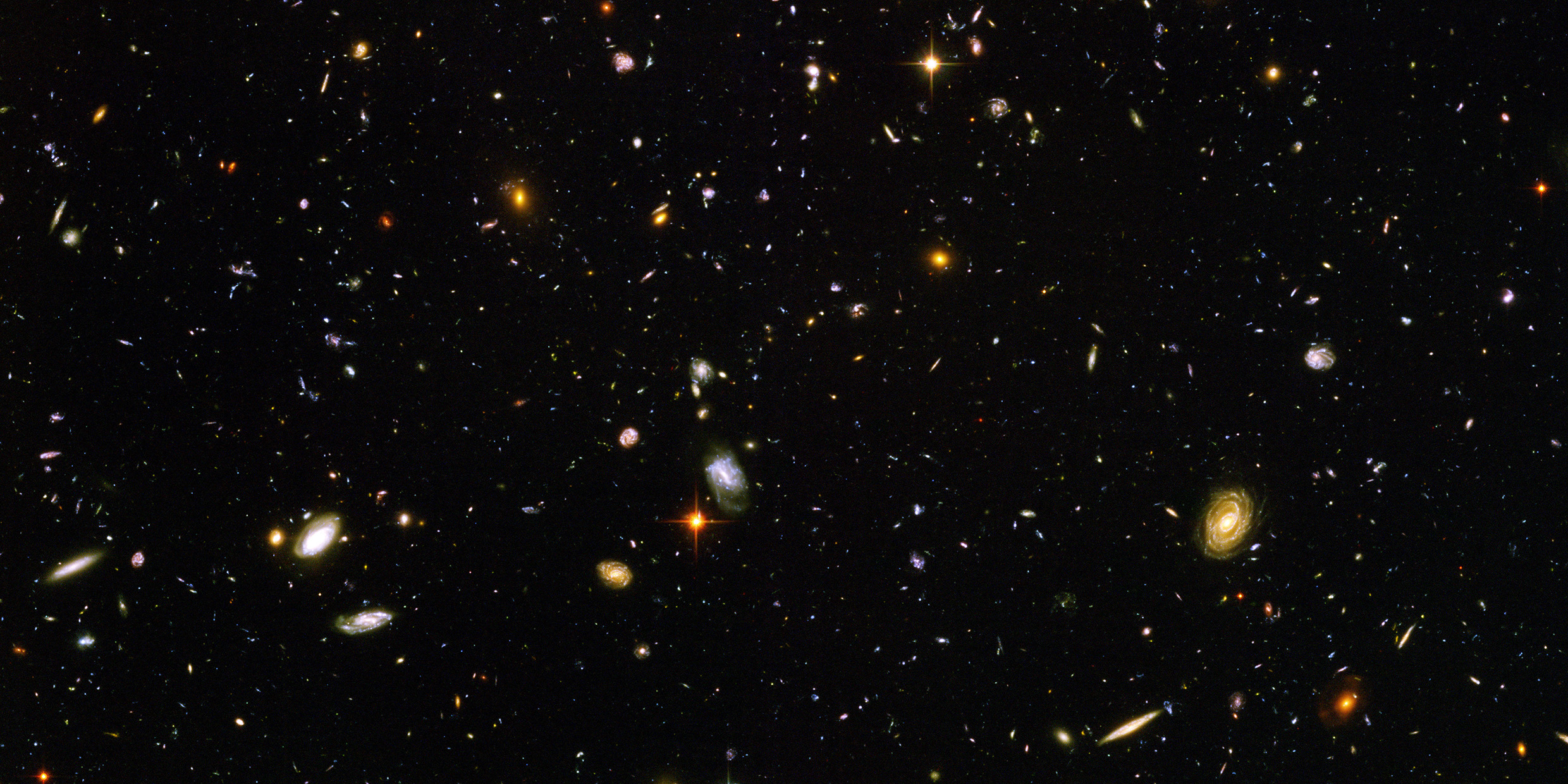Originally published 4 September 2004
“The power of the visible is the invisible,” wrote the poet Marianne Moore.
She was referring to the brute courage of the ostrich, which has enabled that flightless bird to survive while others of its kind — the roc, the moa, the dodo, the auk — have become extinct. But there is more to her thought than ostriches; it suggests an attitude toward the world that is a part of the human condition.
From the dawn of time humans have believed there is more to reality than meets the eye.
It is difficult to say why this is so. Perhaps it is the influence of dreams, a sense upon waking that one has visited another dimension. Or perhaps it is simply a reaction to mystery, a need to understand the meaning of events that have no obvious rhyme or reason.
Whatever the cause, humans have invested the world with unseen spirits: gods, angels, demons, fairies, incubi and succubi, poltergeists, spooks, and phantoms.
To qualify as real, the invisible must manifest itself in some perceptible way. Mysterious noises in the night. An apparently miraculous cure. An infestation of locusts. If our belief is strong enough, coincidence will always seem to confirm what we want to believe.
In the post-Enlightenment world, however, we ask for evidence that is reproducible and available to all on demand. And so we have rejected the world of spooks and spirits. The gods have been sent packing, the fairies scattered from their hills.
In return, we have gained access to an unseen world far grander than anything imagined by our ancestors: the unceasing dance of the DNA, the electrochemical flicker of thoughts in the brain, the nuclear furnaces at the centers of stars.
All of this is by way of introduction to the Hubble Space Telescope’s Ultra Deep Field photograph.
To make this extraordinary photograph, which was released earlier [in 2004], the Hubble Space Telescope was focused on a tiny patch of the southern sky for a total of 300 hours, soaking up starlight, peering deeper than ever before into the heavens.
By “tiny patch” I mean a part of the sky that could be covered by a pinhead held at arm’s length. A patch of sky in which absolutely nothing is visible to the unaided eye. A patch of sky that could be any patch of sky in the dark night.
Within the frame of the photograph about 10,000 objects are visible. Some are relatively nearby galaxies, easily recognizable by their spiral shape. Other fainter objects are galaxies or protogalaxies from a time when the universe was less than one billion years old.
Ten thousand galaxies in a typical dot of dark sky! Each galaxy with hundreds of billions of stars, stars with potential planets.
The Hubble Ultra Deep Field photograph is like dipping a thimble into the ocean and spilling out a universe of planktonic life. Here is the invisible made visible, a power and a glory that makes the human-faced spirits of our ancestors seem like childish dreams.
The photograph is more than a static snapshot. It is a long, deep look into space and time, a history of our evolving cosmos from a time not long after its beginning in a blaze of infinite energy.
And it is more than just a pretty picture. Astronomers will pour over the photograph in a dozen precise, quantitative ways, teasing out reliable knowledge of the universe’s origin and evolution.
We do not know how big the cosmos is; perhaps it is infinite. In any case, it is effectively infinite even in the smidgen of its splendor revealed by the Hubble Ultra Deep Field photograph.
Marianne Moore’s poem is about heroism, the heroism of the ostrich specifically, but more generally the heroism that takes us beyond narrow self-interest, beyond greed, beyond the accumulation of consumerist baubles.
As a people, we invested a considerable sum of our collective fortune on building, deploying, and maintaining the Hubble Space Telescope. The payoff is not cloaks plumed with ostrich feathers or bejeweled goblets fashioned from ostrich eggs, but real, honest-to-goodness glimpses of the invisible beyond the visible — a cosmos whose complexity and commodiousness we have barely begun to imagine.
“Heroism is exhausting,” wrote Moore. Yes. Exhausting and exhilarating.



